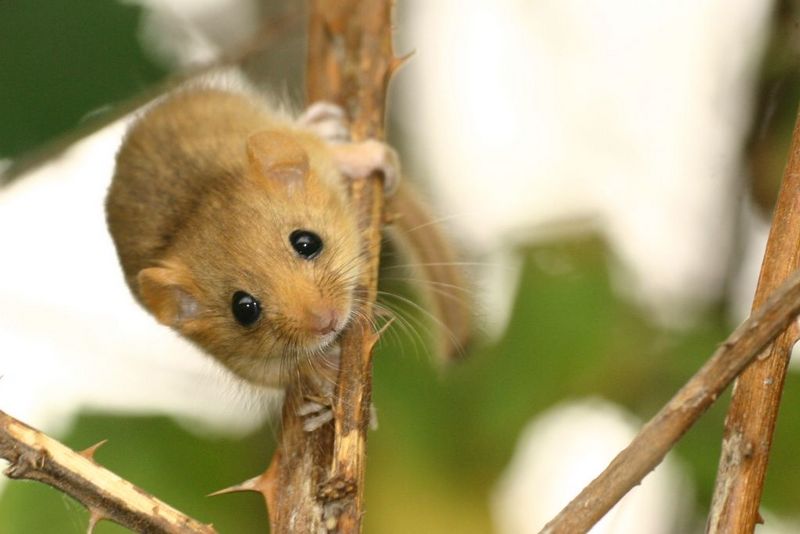|
| Query: Muscardinus avellanarius | Result: 6th of 26 | |
Hazel Dormouse (Muscardinus avellanarius) - Wiki
| Subject: | Hazel Dormouse (Muscardinus avellanarius) - Wiki
| |

| Resolution: 1024x684
File Size: 73120 Bytes
Date: 2006:09:26 16:18:15
Camera: Canon EOS 10D (Canon)
F number: f/5.6
Exposure: 1/80 sec
Focal Length: 180/1
Upload Date: 2007:09:27 22:53:09
|
Hazel Dormouse
From Wikipedia, the free encyclopedia
[Photo] Hazel Dormouse (Muscardinus avellanarius). Description Deutsch: Haselmaus (Muscardinus avellanarius) in Wallhecke; aufgenommen in Ostholstein (Schleswig-Holstein, Deutschland). Source selbst fotografiert von Bj??rn Schulz. Date September 2006. Author Bj??rn Schulz (= User http://de.wikipedia.org/wiki/Benutzer:Bjoernschulz on de.wikipedia). Copyright (C) Bj??rn Schulz
Permission is granted to copy, distribute and/or modify this document under the terms of the GNU Free Documentation License, Version 1.2 or any later version published by the Free Software Foundation; with no Invariant Sections, no Front-Cover Texts, and no Back-Cover Texts. A copy of the license is included in the section entitled "GNU Free Documentation License". |
The Hazel Dormouse (Muscardinus avellanarius) is a small mammal. It is the only living member of the genus Muscardinus. It is 6-9 cm long with a tail of 5.7-7.5 cm. The Hazel Dormouse hibernates from October to April-May.
The hazel dormouse is also known as the common dormouse and is native to northern Europe and Asia Minor.
Natural history
Hazel dormice are the only small mammals in Britain to have a completely furry tail. They have golden-brown fur and large black eyes. They are nocturnal creatures and spend most of their waking hours high among the branches of trees looking for food. They will make long detours through the treetops rather than come down to the ground and expose themselves to danger.
In winter, dormice hibernate in nests beneath the leaf litter on the forest floor. When they wake up in spring, they build woven nests of honeysuckle bark and fresh leaves in the undergrowth. If the weather is cold and wet, and food scarce, they save energy by going into torpor; they curl up into a ball and go to sleep. Dormice, therefore, spend a large proportion of their lives sleeping; either hibernating in winter or in torpor in summer.
http://en.wikipedia.org/wiki/Hazel_Dormouse
| The text in this page is based on the copyrighted Wikipedia article shown in above URL. It is used under the GNU Free Documentation License. You may redistribute it, verbatim or modified, providing that you comply with the terms of the GFDL. |
|
 |

|

|
Muscardinus avellanarius
6/26 |

|

|
^o^
Animal Pictures Archive for smart phones
^o^
|
|

